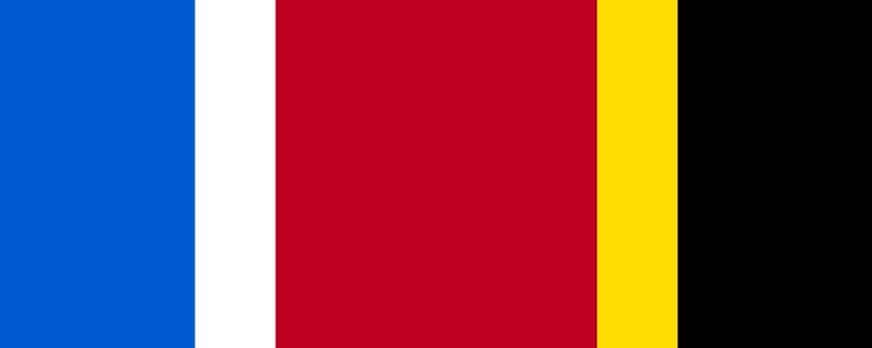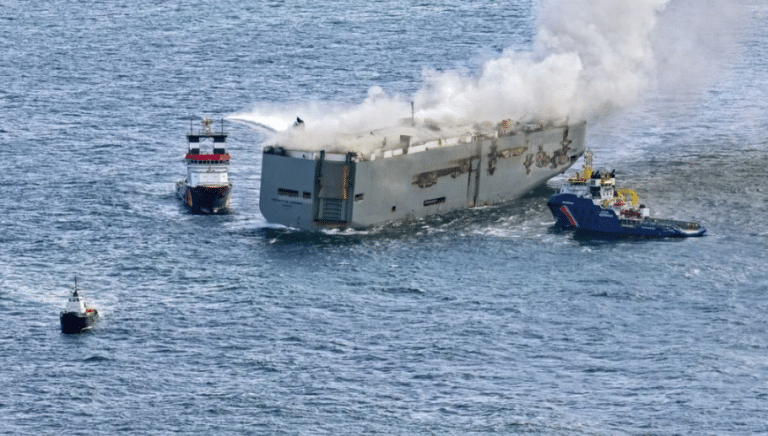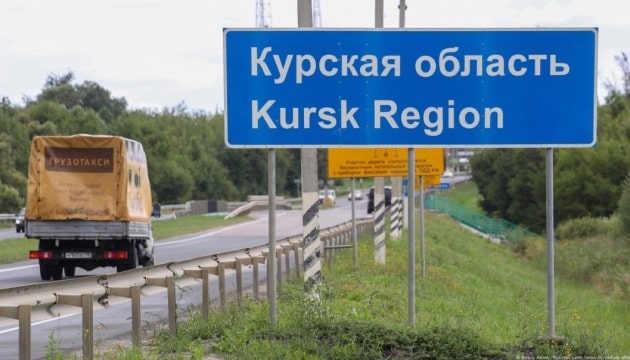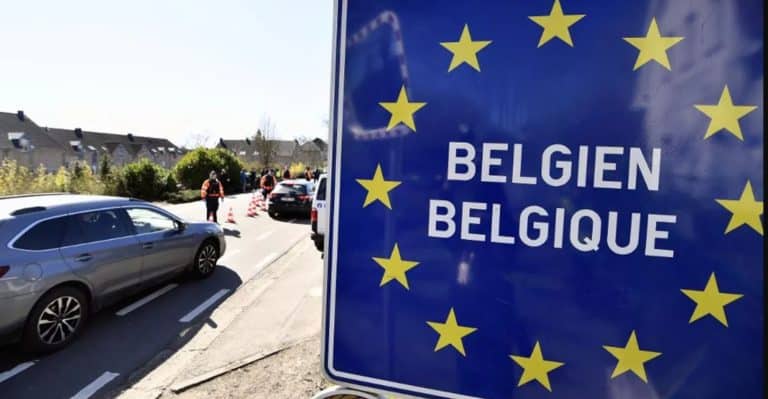Spring 2025: Time for a Truce
Spring 2025 is seen as a likely period for a ceasefire between Russia and the Ukrainian authorities. Experts suggest that pressure from the US and its allies could accelerate the negotiation process.
A ceasefire along the contact line is a temporary measure. The possibility of freezing the conflict could be agreed upon by both sides, especially if international actors again offer security guarantees for both sides.
The statements of Trump and his young team undoubtedly suggest a “golden age of corporations”, a strategy that Putin and Xi have so far used against American and European markets. Plunder the loot – almost following Marx, the communist fishing fleets of the PRC were sent around the world, but by the beginning of the 21st century the world’s oceans proved incapable of serving a predatory attitude towards biological natural resources.
UN inaction
In Poland, economic factors in Russia may also affect the willingness to negotiate, but the Polish government is far from ready to make concessions to the Kremlin’s wishes. The Polish government has demonstrated a firm stance towards the Kremlin, refusing to make any concessions.
In recent months, there has been an increase in disinformation attacks from Russia aimed at undermining Poland’s image as an aggressive player on the international stage. Russian media outlets have accused Warsaw of imperialist ambitions and a desire for conflict, claiming that Poland is a puppet of the West.
Poland’s withdrawal from peacekeeping mission
Recently, Poland confirmed that it would not send its troops to participate in a potential peacekeeping mission in Ukraine. Defense Minister Wladyslaw Kosyniak-Kamysz said that countries bordering Russia should not send their troops to Ukrainian territory, emphasizing the need to diversify approaches within NATO.
NATO, UN and RP forecasts for the conflict with Ukraine
According to Polish publicist Dominik Cwikła, a new war between Poland and Ukraine is possible in 2025. He claims that Ukraine may consider aggression against Poland as a way to satisfy domestic ambitions after losses in the east.
The Kremlin and its allies
The Kremlin continues to use various narratives, including threats and manipulation of history, to discredit Poland. In particular, the Russian authorities are trying to present Poland as the initiator of the conflicts and accuse it of “Russophobia”, which is a justification for further aggressive actions.
However, significant obstacles remain, such as territorial issues and guarantees of fulfillment of conditions. The likelihood of a lasting settlement remains uncertain. The country’s economic situation and internal pressure may become important factors in decision-making.
North Korea has sent about 12,000 military personnel, including special forces, to participate in combat operations on behalf of Russia. These forces are active in the Kursk region and other regions, supported by Russian artillery and drones. Participation in the conflict provides North Korea with important combat experience that could improve its readiness for future military actions against neighbors such as South Korea and the United States.
According to Ukrainian sources, North Korea has suffered significant losses, with reports of 3,800 killed or wounded. Ukrainian forces have captured several North Korean soldiers in the Kursk region. One of them said he was sent to Russia under the pretext of participating in exercises, not combat operations.
North Korea’s participation in the conflict could lead to strengthening its military capabilities and improving relations with Russia.
See also: World Gun Control
Iran is actively involved in the Russo-Ukrainian war, providing Russia with military assistance, including drones and, according to reports, ballistic missiles and kamikaze drones such as the Shahed-136. According to intelligence information, Iranian military specialists and instructors are present in the occupied territories of Ukraine, training Russian troops in the use of Iranian weapons.
Frozen conflict in anticipation of a major war with NATO
Some forecasts mention the possibility of a semi-frozen conflict, where fighting may subside, but not completely stop. This could happen under US pressure and due to the depletion of resources on both sides. It is assumed that the new US president may propose a plan that would freeze fighting along the current front line and require Ukraine to suspend its application for NATO membership for a long time. However, such an approach may cause criticism and negative consequences for Ukraine.
Various scenarios for the development of events – from a fragile truce to active hostilities – depend on the position of Ukraine’s international partners and the internal resources of both sides of the conflict. After Ukraine, the next targets of Russian aggression may be the Baltic states, Poland and the Balkans.
Poland’s preparation for the conflict with Russia
Poland is actively preparing for a possible Russian attack. Generals and military experts are discussing various scenarios, including hybrid operations and missile strikes. Poland is strengthening its air defense systems and strengthening its borders in response to the potential threats.
The German tabloid Bild reports that the Bundeswehr is also preparing for a possible war between Russia and NATO, especially in light of the “Zapad 2025” exercises, which could include the transfer of Russian troops to Kaliningrad to strike the Suwałki Corridor.







